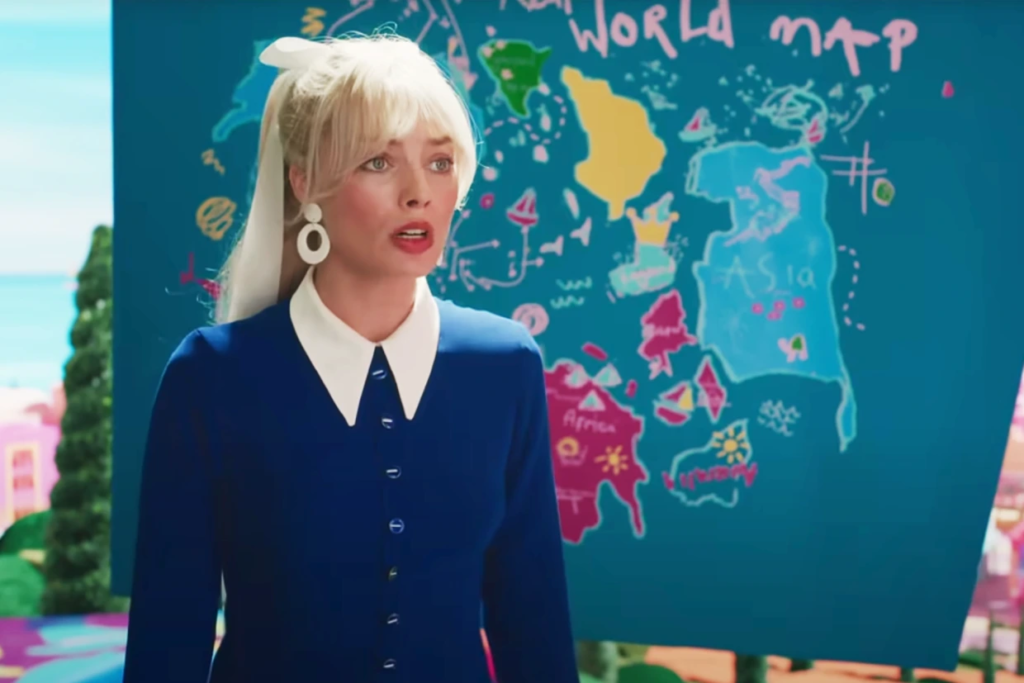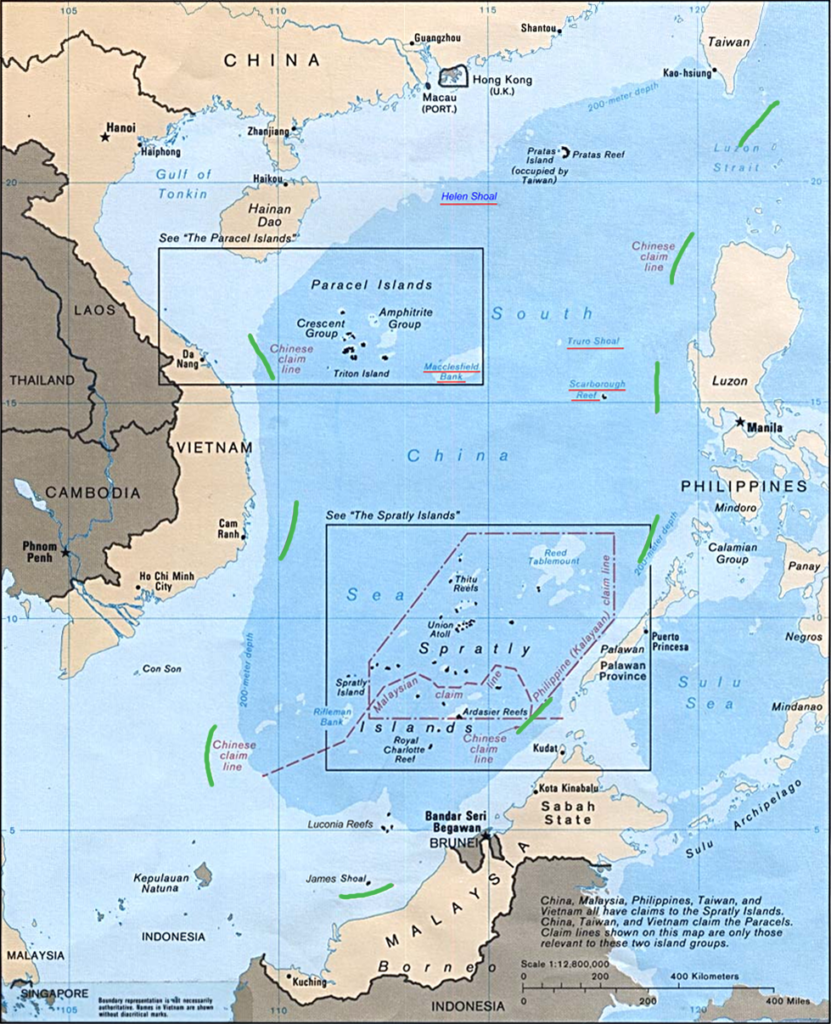The release of the highly anticipated movie ‘Barbie’ has hit a roadblock in Vietnam. The film has been banned in the country due to a scene featuring a map depicting the South China Sea, which is a contested territory between China and its neighboring countries. Warner Bros., the studio behind the film, has defended its creation, stating that the map is merely a “child-like crayon drawing” and holds no political intent.
Let’s delve into the details of this controversy.
Vietnam’s Ban on ‘Barbie’

Vietnamese authorities announced the revocation of ‘Barbie’s’ license, preventing its release in the country. The ban came after the film’s trailer showcased a map displaying the South China Sea. The Ministry of Culture, Sports, and Tourism stated that the movie contained an “offending image” known as the “nine-dash line.” This refers to China’s territorial claim over the South China Sea, which has been widely disputed and rejected by international law.
Understanding the “Nine-Dash Line”

China’s claim over the South China Sea is represented by a series of nine dashes, outlining its extensive territorial control over the region. However, this claim has been invalidated by a Hague tribunal in 2016 and is not recognized under international law.
Other countries, including Indonesia, Malaysia, the Philippines, Brunei, Taiwan, and Vietnam, contest China’s assertion and also lay claim to parts of the South China Sea. The “nine-dash line” has become an emotionally charged symbol of national identity for both Chinese and Vietnamese nationalists.
The Offending Map in ‘Barbie’
In the movie’s trailer, Margot Robbie, who portrays Barbie, is shown in front of a simplistic cartoon map. While the map contains a line resembling the “nine-dash line” near China, no other neighboring countries are depicted. The map itself is a rudimentary drawing, making it challenging to decipher its intended meaning.
Despite the vague representation, Vietnam interpreted the inclusion of the map as siding with China’s claim. Warner Bros. has denied any political agenda, stating that the map is a whimsical depiction of Barbie’s imaginary journey and not intended as a statement.
Previous Instances of Controversial Maps
Vietnam has previously encountered similar map-related controversies. In 2020, the action film “Uncharted” was banned for featuring a map with the “nine-dash line.” Additionally, DreamWorks’ animated film “Abominable” faced bans in Vietnam, Malaysia, and the Philippines for the same reason.
China itself has a history of censoring movies and TV shows that depict maps or imagery contrary to its regulations. The banning of films or alterations to appease Chinese sensitivities is not uncommon in the film industry, given the country’s significant market influence.
The Emotional Significance of the South China Sea
The South China Sea dispute holds immense emotional significance for China and Vietnam. For China, the sea represents territory it believes was taken from it during its “century of humiliation.” The region’s history is intertwined with feelings of national pride and past grievances.
The nine-dash line, in reality, is a result of historical errors and poor mapmaking rather than an accurate representation of territorial claims. The sea’s strategic importance and rich resources have led to ongoing tensions and conflicts among various countries vying for control.

The ban on ‘Barbie‘ in Vietnam due to the inclusion of a map depicting the South China Sea reflects the sensitivity surrounding the territorial dispute. Warner Bros. has maintained that the map is a harmless element of Barbie’s fictional journey. The controversy highlights the complex nature of international politics and the impact they can have on seemingly unrelated cultural exports. As the debate continues, it remains to be seen how the situation will unfold.
